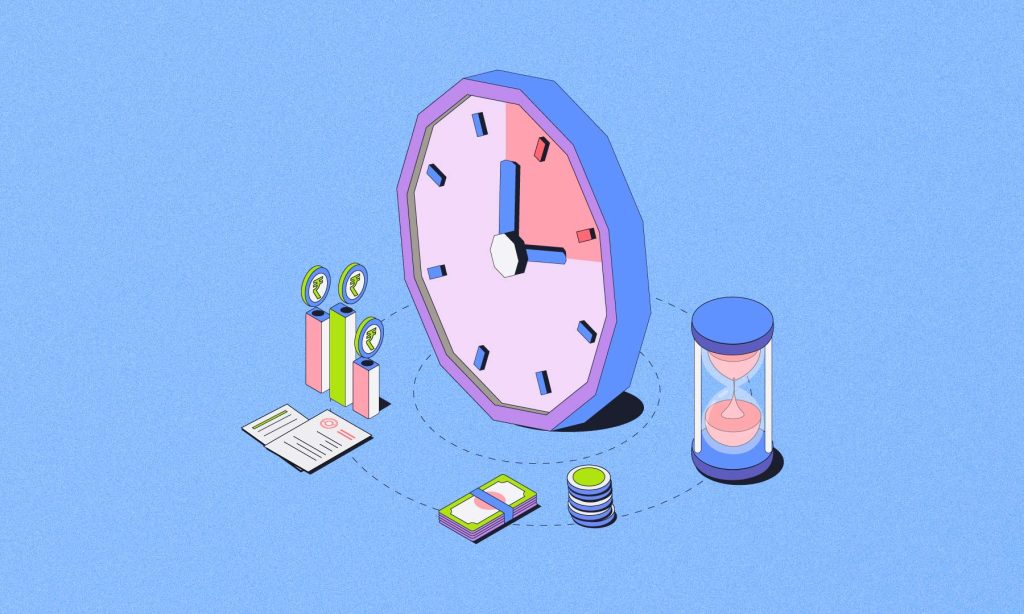Mutual funds pool money from various investors and invest it into a diverse set of companies. The investments range across diverse sectors, too. The fund manager then allots units/shares to the investors in proportion to their contribution. Some mutual funds also invest in debt instruments. The idea is to spread the investments widely to minimize market risks. Each mutual fund comes with a cut-off time. If you’re considering investing in one, you should learn about it.
Cut-off time for mutual fund transactions
The cut-off time for mutual funds was the daily allotted time by which the investors must submit their investment instructions. If the instructions reached late, the investment contributed to the next day’s Net Asset Value (NAV) calculation. Generally, the cut-off time was 3.00 pm Indian Standard Time (IST) in India.
With the new SEBI rules related to purchases, though, the gains/losses realized before the cut-off time constitute the NAV.
The time limit allows fund managers to estimate the value of the portfolio. They can then tweak it if necessary.
The cut-off time for mutual funds was different from stock exchanges. The cut-off for stock exchanges is typically 5:30 pm IST.
Why is the cut-off time for mutual funds so important?
The cut-off time for mutual funds is important because it affects the NAV. And the daily NAV determines how much the investor received if they surrendered or redeemed the holding. It also determines how many units/shares the investor got for their contribution to the existing scheme.
When securities are traded on an exchange, there could be a time lag before the money flows in. In such circumstances, the NAV rate would be applicable on the day the money arrives.
SEBI’s new rule for mutual fund cut-off
The Securities and Exchanges Board of India (SEBI), however, announced a new set of rules regarding the NAV of shares/units of mutual funds.
NAV based on the realization of funds
Earlier, the SEBI rules specified a cut-off time. This was the time beyond which transactions would have to be added to the next working day’s figures. Effective 1 February 2021, the concept of cut-off time is no longer in use. That means the NAV depends entirely on when the funds are realized.
The daily NAV, under the new SEBI rules, is, therefore, the total market value of the assets held divided by the units allotted to investors.
Applicable NAV for mutual funds transactions
The NAV is, therefore, now specific to the date of the mutual fund transactions.
- If it is a purchase of mutual fund shares/units, the NAV as of the date when the fund manager receives the money is applicable.
- If it is a sale of mutual fund shares/units, the NAV as of the date when the funds are realized is applicable.
Which NAV is applicable to switching mutual funds?
An investor could sometimes opt to switch from one mutual fund scheme to another. In that case, the NAV would be the date when the switch takes place.
Transaction-wise NAV applicability (applicable from 1 February 2021)
SEBI, however, has issued a circular stating that, effective 1 February 2021, the applicable NAV for the purchase of shares/units of a mutual fund scheme will be subject to the availability of funds in the investor’s account or the realization of funds before the cut-off time for purchase transactions.
Conclusion
As an investor, it is imperative to understand the impact of a cut-off time. Doing so ensures that you do not lose out on profit-making opportunities.
FAQs
Why does the NAV of a mutual fund scheme vary?
As the mutual fund holds these assets in the form of financial instruments traded on stock exchanges, their value is subject to market dynamics.
Why does cut-off time matter in mutual funds?
Since the NAV changes dynamically on a daily basis, there has to be a cut-off time. The time limit helps the fund manager determine the applicable NAV for investment or redemption. With the new SEBI rules, though, with purchases, the gains/losses realized before the cut-off time constitute the NAV.
How does cut-off time matter to the investor?
The cut-off time is the determining factor while calculating the following:
– Payout in the case of a redemption or surrender request
– Allotment of units/shares to investors in the case of fresh investment
The NAV rate applicable will be based on that day’s NAV.
Under the old system, if an investor places a request after the cut-off time, the fund manager carries the transaction to the next working day. With the new SEBI rules, in the case of purchase, all sum realized before the cut-off time constitutes the NAV.
Is the cut-off time the same for mutual funds and the stock exchange?
No, they are different. Generally, the cut-off time for mutual funds is 3.00 pm IST, while the cut-off time for stock exchanges is 5.30 pm IST.
What is cutoff time for HDFC mutual fund?
The cutoff time for HDFC mutual fund transactions is typically at 2:00 PM (1400 hrs). Investing after this time may result in the application of the next business day’s Net Asset Value (NAV).
What is cut off time for mutual funds in Icici Bank?
The cut-off time for mutual funds in ICICI Bank is typically 2:00 PM (1400 hrs) for Non-Liquid Funds, except on Saturdays, Sundays, and holidays. Transactions received before this time get the same-day Net Asset Value (NAV).
What is market cut off time and why it is important?
Market cut-off time is the deadline for submitting mutual fund orders to receive the same-day Net Asset Value (NAV). It’s crucial as it determines the pricing of your investment.
What is the cut off time for NAV?
The cut-off time for Net Asset Value (NAV) calculation in mutual funds, except for liquid and overnight funds, is typically 3:00 PM. This deadline determines the day’s NAV for investors.








